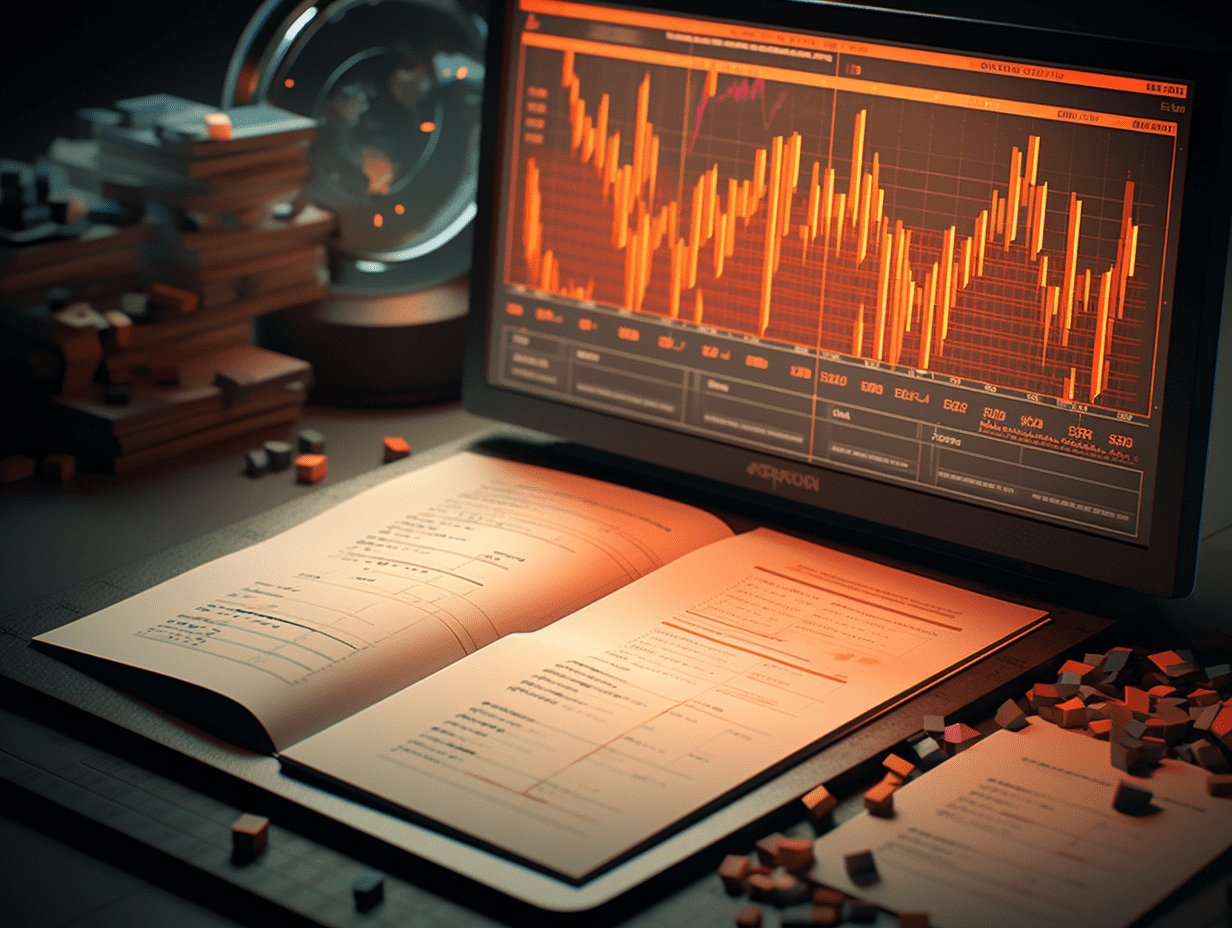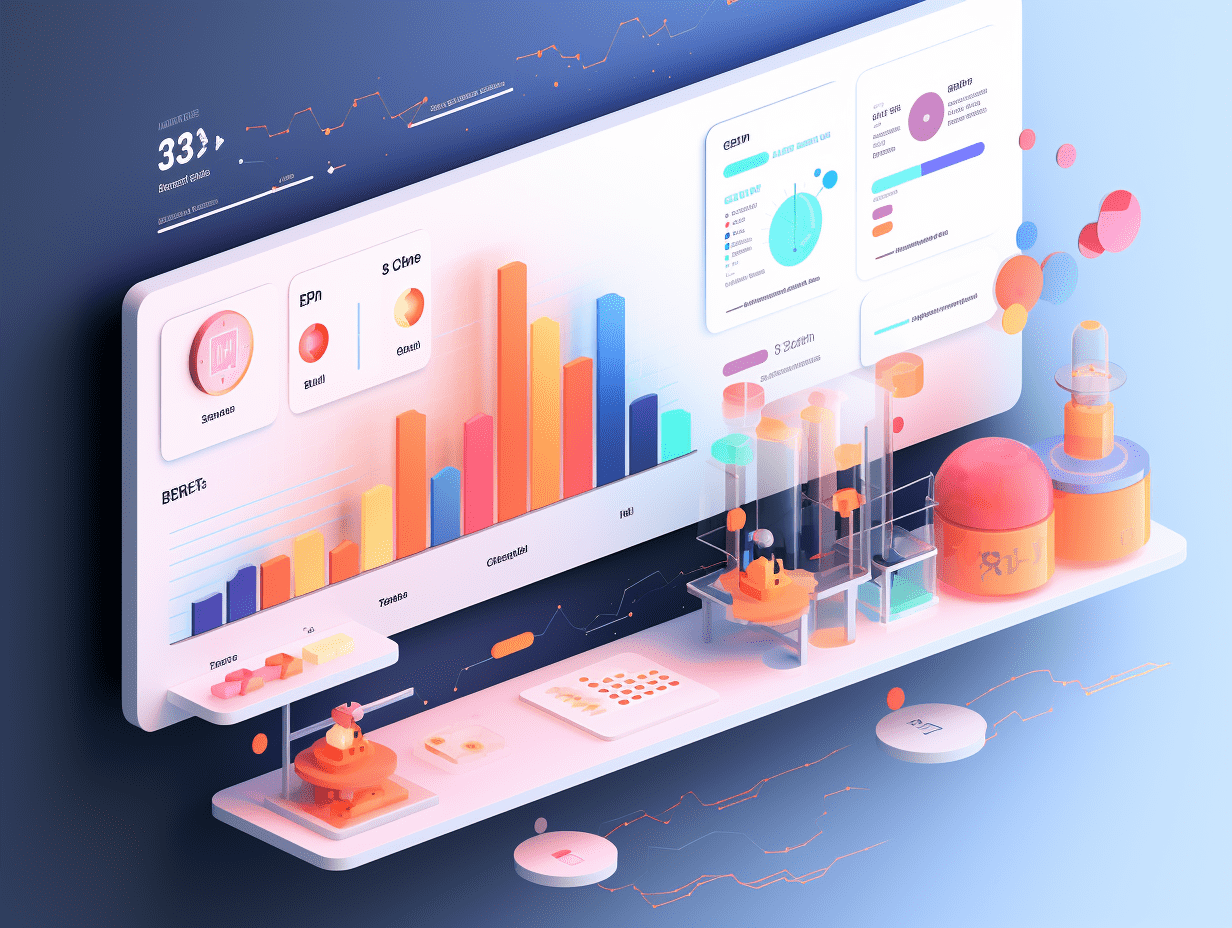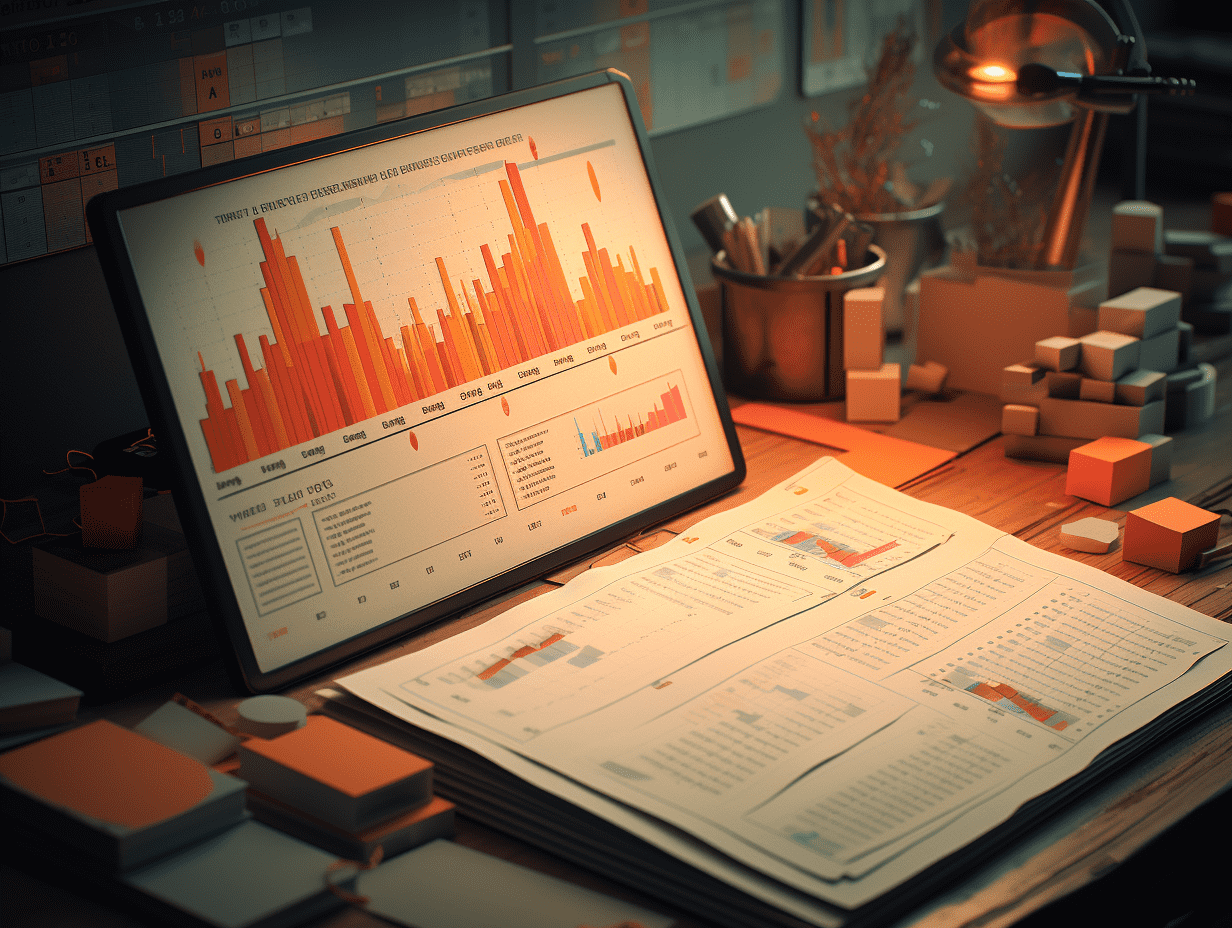The Bank of Japan keeps interest rates unchanged, lowers GDP and inflation forecasts, and the expectation of rate hikes cools, pushing the yen lower.
The Bank of Japan kept interest rates unchanged as scheduled.
Due to the increased uncertainty caused by US tariffs, the Bank of Japan maintained its interest rate at 0.5%, in line with expectations; and postponed the time for inflation to reach the target. Following this, the yen fell against the US dollar, and Japanese bond prices rose. The yen briefly dropped by 0.5% to 143.79. The yield on Japanese 10-year government bonds fell by 4.5 basis points to 1.265%, and the yield on Japanese 5-year government bonds fell by 6 basis points to 0.82%.
The Bank of Japan stated that it expects the inflation rate to remain around 2% in the second half of its outlook period. The Bank of Japan extended the outlook period by one year, including the 2027 fiscal year. In its first forecast for the new fiscal year starting from April 2027, the Bank of Japan expects a core inflation rate of 1.9%, with the inflation rate excluding fresh food and energy expected to be at 2%. These forecasts give the Bank of Japan reason to further tighten its accommodative monetary policy when conditions allow.
Economist Taro Kimura from Bloomberg stated, "The details indicate that the Bank of Japan is preparing to hike rates again. For their inflation forecast for the fiscal year ending March 2028, the Bank of Japan is keeping it around 2%, indicating that policymakers are not overly concerned that tariffs will disrupt Japan's price momentum."
The Bank of Japan still promises to raise borrowing costs if its economic outlook materializes, implying that policymakers will continue to push for rate hikes once the clouds clear.
Despite this, Japan halved its economic growth expectations for the current fiscal year, indicating increased caution in light of US tariffs and retaliatory measures taken by other countries: Japan reduced its GDP growth forecast for the 2025 fiscal year from 1.1% to 0.5%, for the 2026 fiscal year from 1.0% to 0.7%, and projected a GDP growth rate of 1.0% for the 2027 fiscal year.
The Bank of Japan also stated that the risks to inflation in the next two years are skewed to the downside, as the evolution of trade policies is extremely uncertain, in contrast to three months ago when the Bank of Japan only mentioned upside risks. Consequently, derivatives traders have also delayed their bets on rate hikes, with overnight index swaps currently showing a likelihood of 39% for a rate hike by the end of this year, compared to close to full pricing in early April.
As the Bank of Japan has gradually exited its massive monetary stimulus program over the past two years, Governor Haruhiko Kuroda has experienced a relatively smooth process overall. However, Trump's tariff actions this year have prompted the International Monetary Fund (IMF) and the World Trade Organization (WTO) to separately downgrade their forecasts for global economic growth, highlighting the risks faced by trade-dependent countries such as Japan.
With dimmer economic prospects and concerns about the potential impact of tariffs, speculation about rate cuts in the US and Europe has resurfaced. Kuroda recently stated that he would pay attention to deeper uncertainties brought about by tariffs, indicating that he is not in a hurry to hike rates at the moment.
Harumi Taguchi, Chief Economist at Standard & Poor's Global Market Intelligence, said, "The Bank of Japan can still say it is on track to achieve its price target, with an inflation forecast of around 2%, but they are considering many downside risks from trade policies. I think they will have to take a cautious stance on rate hikes."
Institutions such as Citi, Morgan Stanley MUFG Securities, and others expect that data to be released on May 16 will show a contraction in Japan's economy in the first quarter. A sub-index of the Au Jibun Bank Purchasing Managers' Index released on Thursday showed that business confidence had fallen to its lowest level since June 2020.
Yusuke Matsuo, Senior Market Economist at Mizuho Securities, said, "Given the growing realization that Trump's tariffs must be carefully assessed, the possibility of a rate hike in September has increased." US tariffs could have a profound impact on Japan's manufacturing base, especially if Trump's initially announced 10% blanket tariff is raised to a 24% rate, particularly after the 90-day grace period ends in early July.
Nevertheless, some observers do not rule out the possibility of a rate hike around mid-year. Former Deputy Governor of the Bank of Japan, Masazumi Wakatabe, said in an immediate interview after the rate decision, "My optimistic estimate is for July - we cannot exclude the possibility of a rate hike in July. By then, many other things may have been clarified. For example, tariff negotiations may be resolved in one way or another."
Naomi Muguruma, Chief Bond Strategist at Mitsubishi UFJ Morgan Stanley Securities, stated, "The Bank of Japan's outlook report is more moderate than expected. This may indicate that the Bank of Japan intends to wait for a clearer picture of the impact of US tariffs before resuming rate hikes."
With Trump's trade war driving the sale of US assets and safe haven demand, the yen has risen against the US dollar for four consecutive months, reaching its highest level since September last year. Data from the US Commodity Futures Trading Commission (CFTC) shows that speculative traders' net long yen positions have recently climbed to record highs.
Mark Cranfield, a strategist at Bloomberg, said, "As the Bank of Japan's outlook is relatively moderate, the US dollar has risen against the yen, but the initial gains may fade without support from Kuroda at his news conference later today. It is not uncommon for Kuroda to take a different stance from the Bank of Japan's statement when answering questions from reporters. Given the clear stickiness of domestic inflation after the Tokyo CPI data release, traders may hear Kuroda talk about pushing up the yen to suppress potential import-related inflation."
Given geopolitical uncertainties and the recent strength of the yen, the market will closely watch Bank of Japan Governor Kuroda's guidance on future rate hikes at the news conference in the afternoon. Insiders stated last month that Bank of Japan officials believe there is no need to change their gradual rate hike stance as they await more data to analyze the impact of tariffs.
Related Articles

The number of initial unemployment claims in the United States has increased to 241,000, a two-month high, casting doubt on the resilience of the job market.

Bank of Japan's Kuroda: Tariff risks won't halt rate hikes, but pace has to be reassessed.

In April, Macao's gross gaming revenue was 18.58 billion Macao patacas, an increase of 1.7% year-on-year.
The number of initial unemployment claims in the United States has increased to 241,000, a two-month high, casting doubt on the resilience of the job market.

Bank of Japan's Kuroda: Tariff risks won't halt rate hikes, but pace has to be reassessed.

In April, Macao's gross gaming revenue was 18.58 billion Macao patacas, an increase of 1.7% year-on-year.

RECOMMEND

US trade negotiations are expected to make progress. Gold prices fell, while copper prices rebounded.
01/05/2025

Nonfarm payroll data is coming! If there are cracks in the US labor market, the probability of a rate cut by the Federal Reserve in June is expected to increase significantly.
30/04/2025

Under the threat of tariffs, the trade deficit of US goods has reached a historical record! There is a high probability that the GDP will suffer a heavy blow in the first quarter.
30/04/2025


